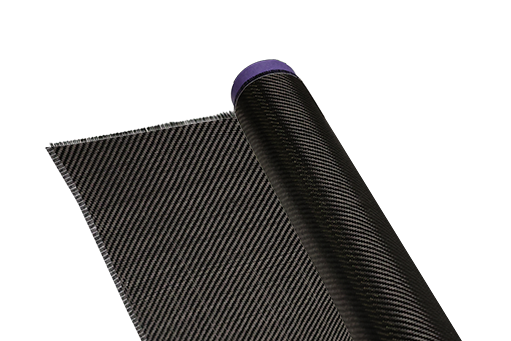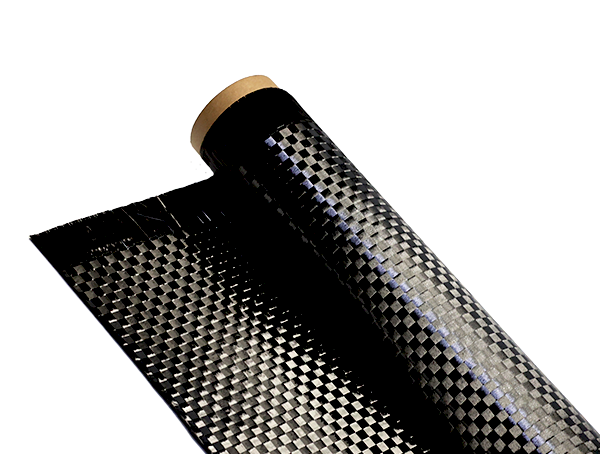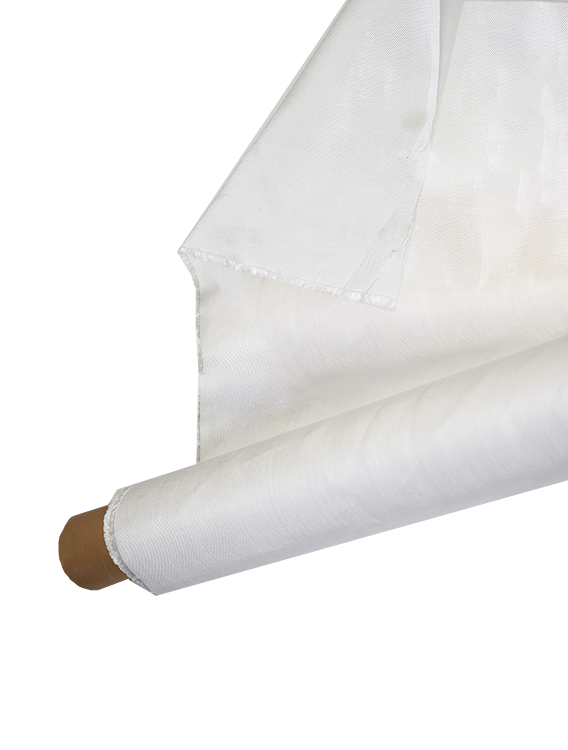Fire Safety Ratings Revised for Epoxy Materials
-
Table of Contents
“Elevate Safety Standards: Revised Fire Safety Ratings for Epoxy Materials.”
Fire safety ratings for epoxy materials have been revised to enhance safety standards and performance in various applications. These updates reflect advancements in material science and a growing understanding of fire behavior, ensuring that epoxy products meet stringent safety requirements. The revised ratings provide clearer guidelines for manufacturers, builders, and consumers, promoting the use of fire-resistant epoxy formulations in construction, automotive, and industrial sectors. This initiative aims to reduce fire hazards, improve emergency response strategies, and ultimately protect lives and property.
Understanding Fire Safety Ratings for Epoxy Materials
Understanding fire safety ratings for epoxy materials is crucial for industries that rely on these substances for construction, manufacturing, and various applications. Epoxy materials, known for their durability and versatility, have long been favored for their adhesive properties and resistance to environmental factors. However, as the use of these materials has expanded, so too has the need for stringent fire safety standards. Recent revisions to fire safety ratings for epoxy materials reflect a growing awareness of the potential hazards associated with their use, particularly in high-risk environments.
Fire safety ratings are designed to assess the flammability and combustibility of materials, providing essential information for manufacturers, builders, and safety professionals. These ratings are typically determined through standardized testing methods that evaluate how materials react under fire conditions. For epoxy materials, the revised ratings take into account not only the ignition potential but also the rate of heat release and smoke production. This comprehensive approach ensures that users can make informed decisions about the materials they select for their projects.
One significant aspect of the revised fire safety ratings is the emphasis on the formulation of epoxy materials. Manufacturers are now encouraged to develop formulations that incorporate fire-retardant additives, which can significantly enhance the fire resistance of the final product. This shift is particularly important in sectors such as aerospace, automotive, and construction, where the consequences of fire can be catastrophic. By prioritizing fire safety in the formulation process, manufacturers can contribute to safer environments for both workers and end-users.
Moreover, the revised ratings also highlight the importance of proper application and installation techniques. Even the most fire-resistant epoxy material can pose risks if not applied correctly. For instance, improper curing or inadequate thickness can compromise the material’s integrity, leading to increased flammability. Therefore, it is essential for professionals in the field to adhere to best practices during the application process, ensuring that the epoxy performs as intended under fire conditions.
In addition to formulation and application, the revised fire safety ratings underscore the need for ongoing education and training for those who work with epoxy materials. As fire safety standards evolve, it is imperative that industry professionals stay informed about the latest developments. This includes understanding the implications of the revised ratings and how they affect material selection and project planning. Training programs and workshops can play a vital role in disseminating this information, equipping workers with the knowledge they need to prioritize safety in their operations.
Furthermore, regulatory bodies are increasingly recognizing the importance of fire safety in the context of epoxy materials. As a result, compliance with updated fire safety ratings may soon become a requirement for certain applications. This shift not only enhances safety but also encourages innovation within the industry, as manufacturers strive to meet these new standards while maintaining the performance characteristics that make epoxy materials so desirable.
In conclusion, the revised fire safety ratings for epoxy materials represent a significant advancement in the quest for safer construction and manufacturing practices. By understanding these ratings and their implications, industry professionals can make informed choices that prioritize fire safety without compromising on the performance and versatility of epoxy materials. As the industry continues to evolve, ongoing education and adherence to best practices will be essential in ensuring that the benefits of epoxy materials are realized in a safe and responsible manner.
The Impact of Revised Fire Safety Standards on Epoxy Applications
The recent revision of fire safety standards for epoxy materials marks a significant shift in the landscape of their applications across various industries. As these standards evolve, they not only influence the manufacturing processes but also reshape the way architects, engineers, and builders approach the use of epoxy in construction and design. The implications of these changes are far-reaching, affecting everything from product development to regulatory compliance and consumer safety.
To begin with, the revised fire safety ratings necessitate a thorough reassessment of existing epoxy formulations. Manufacturers are now compelled to innovate and enhance their products to meet the new criteria. This often involves incorporating flame-retardant additives or modifying the chemical composition of the epoxy itself. As a result, the industry is witnessing a surge in research and development efforts aimed at creating epoxies that not only maintain their structural integrity but also exhibit improved fire resistance. This shift is particularly crucial in sectors such as construction, automotive, and aerospace, where the risk of fire can have catastrophic consequences.
Moreover, the updated standards are likely to influence the selection process for materials in construction projects. Architects and engineers, who traditionally relied on the performance characteristics of epoxy, must now consider fire safety ratings as a critical factor in their material choices. This change encourages a more holistic approach to design, where fire safety is integrated into the early stages of project planning rather than being an afterthought. Consequently, this proactive stance can lead to safer buildings and infrastructure, ultimately benefiting public safety and reducing the potential for loss of life and property.
In addition to influencing material selection, the revised fire safety standards also have implications for regulatory compliance. Companies that utilize epoxy materials must ensure that their products adhere to the new guidelines, which may involve extensive testing and certification processes. This requirement can pose challenges, particularly for smaller manufacturers who may lack the resources to navigate the complexities of compliance. However, it also presents an opportunity for these companies to differentiate themselves in a competitive market by demonstrating their commitment to safety and quality.
Furthermore, the impact of these revised standards extends beyond the manufacturing and construction sectors. Consumers are becoming increasingly aware of the importance of fire safety in the products they use. As a result, there is a growing demand for transparency regarding the fire safety ratings of materials, including epoxies. Manufacturers that prioritize compliance with the new standards and effectively communicate their safety features are likely to gain a competitive edge. This shift in consumer awareness not only drives innovation but also fosters a culture of safety that permeates various industries.
In conclusion, the revision of fire safety standards for epoxy materials is poised to have a profound impact on their applications across multiple sectors. By prompting manufacturers to innovate and encouraging a more comprehensive approach to material selection, these changes enhance overall safety in construction and design. While the challenges of compliance may be daunting for some, they also present opportunities for growth and differentiation in the marketplace. Ultimately, as industries adapt to these revised standards, the emphasis on fire safety will contribute to a safer environment for all, underscoring the critical importance of rigorous safety protocols in the development and use of epoxy materials.
Best Practices for Selecting Fire-Resistant Epoxy Materials
In recent years, the importance of fire safety in construction and manufacturing has gained significant attention, leading to a reevaluation of fire safety ratings for various materials, including epoxy resins. As industries increasingly rely on epoxy materials for their durability and versatility, understanding the best practices for selecting fire-resistant epoxy materials becomes paramount. This knowledge not only ensures compliance with safety regulations but also enhances the overall safety of structures and products.
To begin with, it is essential to recognize the significance of fire safety ratings. These ratings provide a standardized measure of a material’s ability to withstand fire exposure and its potential contribution to fire spread. When selecting epoxy materials, one should prioritize those that have been tested and certified according to recognized fire safety standards, such as ASTM E84 or UL 94. These standards evaluate the flame spread and smoke development characteristics of materials, offering valuable insights into their performance in fire scenarios. By choosing epoxy materials that meet or exceed these standards, manufacturers can significantly reduce the risk of fire-related incidents.
Moreover, it is crucial to consider the specific application of the epoxy material. Different environments and uses may require varying levels of fire resistance. For instance, epoxy coatings used in industrial settings may need to withstand higher temperatures and harsher conditions compared to those used in residential applications. Therefore, conducting a thorough assessment of the intended use and environmental factors is vital in selecting the appropriate fire-resistant epoxy. This tailored approach ensures that the material not only meets fire safety requirements but also performs optimally in its designated application.
In addition to understanding fire safety ratings and application requirements, it is beneficial to explore the chemical composition of epoxy materials. Some formulations incorporate flame-retardant additives that enhance their fire resistance. These additives can significantly improve the material’s performance in fire situations, reducing the likelihood of ignition and slowing the spread of flames. When evaluating epoxy options, it is advisable to inquire about the presence of such additives and their effectiveness. This information can guide decision-making and help identify the most suitable products for specific projects.
Furthermore, it is essential to consider the manufacturer’s reputation and expertise in producing fire-resistant epoxy materials. Established manufacturers often have a track record of compliance with safety standards and a commitment to quality. Engaging with reputable suppliers can provide access to technical data sheets, safety certifications, and case studies that demonstrate the performance of their products in real-world applications. This transparency not only builds trust but also equips buyers with the necessary information to make informed decisions.
Lastly, it is prudent to stay updated on evolving fire safety regulations and industry standards. As research advances and new materials are developed, fire safety guidelines may change, necessitating a reassessment of previously accepted practices. By remaining informed about these developments, manufacturers and builders can ensure that their selections align with the latest safety protocols, ultimately contributing to safer environments.
In conclusion, selecting fire-resistant epoxy materials requires a comprehensive understanding of fire safety ratings, application-specific needs, chemical compositions, manufacturer credibility, and regulatory updates. By adhering to these best practices, stakeholders can enhance fire safety in their projects, ensuring that the materials used not only meet regulatory requirements but also provide peace of mind in their performance during fire incidents. This proactive approach to material selection is essential in fostering a culture of safety and responsibility in construction and manufacturing industries.
Q&A
1. **Question:** What are the key factors that determine the fire safety rating of epoxy materials?
**Answer:** The key factors include the material’s ignition temperature, flame spread index, smoke development index, and the presence of fire-retardant additives.
2. **Question:** How have the fire safety ratings for epoxy materials been revised in recent standards?
**Answer:** Recent standards have introduced more stringent testing methods and criteria, focusing on improved performance in terms of flame resistance and reduced smoke emissions during combustion.
3. **Question:** What implications do revised fire safety ratings have for the use of epoxy materials in construction?
**Answer:** Revised fire safety ratings may lead to stricter compliance requirements, influencing material selection and design practices to enhance overall fire safety in construction projects.The revised fire safety ratings for epoxy materials indicate significant improvements in their performance under fire conditions, enhancing their suitability for various applications. These updates reflect advancements in formulation and testing methodologies, ensuring better compliance with safety standards. Consequently, the revised ratings provide manufacturers and consumers with greater confidence in the fire safety of epoxy products, promoting their use in construction, automotive, and industrial sectors while prioritizing safety and risk management.











